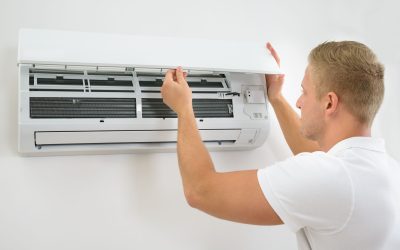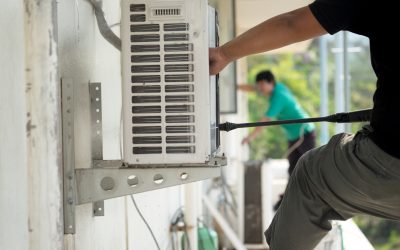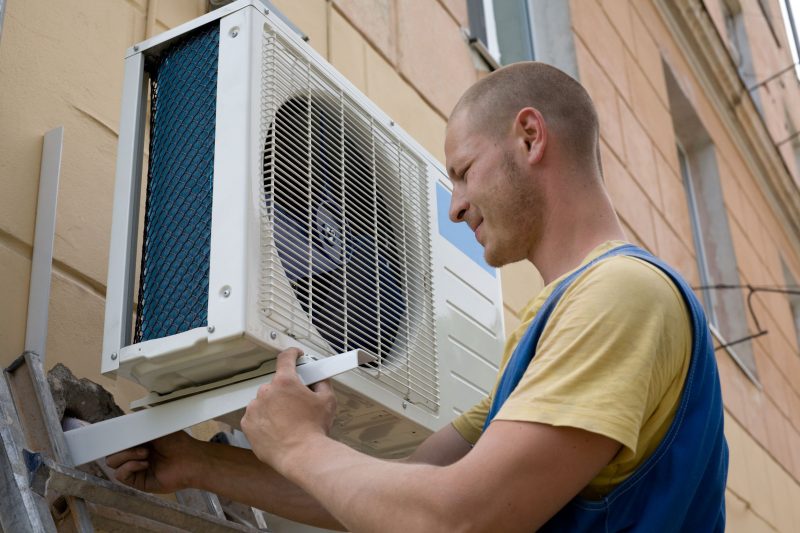A functioning furnace is something most people take for granted, but most give signs of trouble before they are ready to fail. Catching these issues before they cause a complete failure can keep the family from being left in the cold with a high repair bill. Read on to learn the five most common indicators of a failing furnace.
Excessive Heating Bills
If the family’s furnace usage has been normal, but there’s been an increase in the monthly heating bill, it may be time for service from Heating Contractors in Endicott NY. A poorly functioning furnace isn’t as efficient at heating the home, and it uses more energy to keep the indoors at a constant temperature.
Cold Spots
If the furnace cannot heat the home evenly, the problem may lie in the blower fan. A furnace blower fan serves to distribute warm air throughout the home, and a failure can leave the fan unable to do its job properly.
Odd Noises
Squeaks, pops, rattles and other noises from the furnace can indicate that an internal part has loosened or fallen off entirely. Addressing such issues is as simple as calling Heating Contractors in Endicott NY to replace or tighten the loose component.
Dust in the Home
An increased amount of dust in the home can show that the furnace filtration system is not working properly. As part of the heating process, the furnace pulls air in through a filter. Changing the air filter should be a part of a regular maintenance program, but if a filter change doesn’t resolve the issue, the fan and ductwork may need service.
A Yellowish Pilot Light
If the home is equipped with a natural gas-fueled furnace, it’s easy to notice the pilot light’s blue color. If the light changes from blue to a yellowish hue, it may indicate a malfunction or a potentially fatal carbon monoxide leakage. When a homeowner notices a yellowish pilot light, they should turn off the furnace and call a technician with website.
Today’s furnaces are designed to provide decades of worry-free operation, but they still need regular inspections and maintenance. By looking for the above trouble signs, an area homeowner can keep the home warm and the family safe.
You can also follow them on Twitter.


